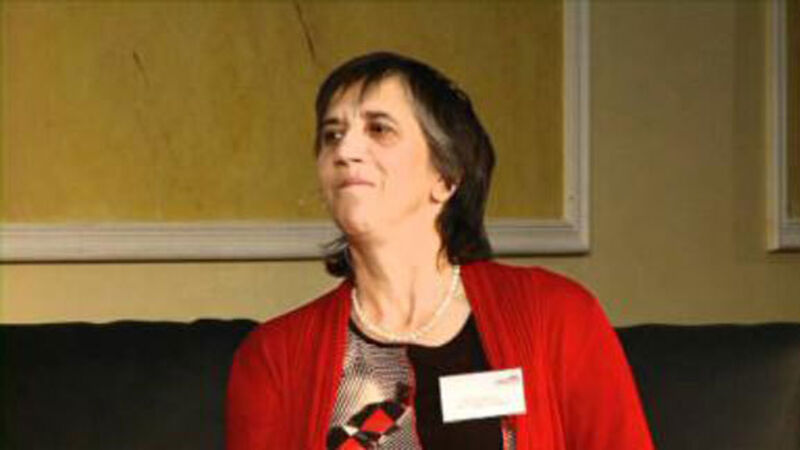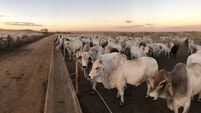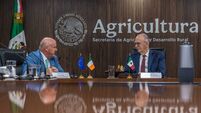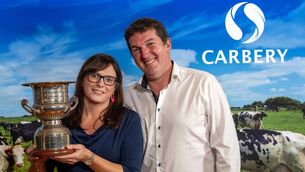Oliver Moore: Organic markets jumped in 2016

So how was it for organic farming?
There are a lot more organic farmers now, which suggests it was a good year for them.
However the organic scheme didn’t open in 2016, such was the surge of entrants in 2015.
There is an urgent need for new processors and for new markets abroad, and 2017 should see even more farmers join the scheme — if it opens.
The organic food market grew strongly at home and abroad.
As we reported back in October, Europe is seeing 7.6% growth, three times that of the conventional food sector.
In Ireland, the market too has grown steadily in recent times, rising by €41m in just three years.
In 2014, the market was at €101m and growing by 2%: 2016 saw growth of almost 24%, and a market worth €142m.
Often, what happens at EU level goes largely unnoticed.
Recently, for example, the EU’s Nature Directives were under threat, with plans to ‘overhaul’ the Birds and Habitats Directives.
Though half a million people signed a petition, and the Commission backed down on its plan, there has been little publicity about this here.
The Mid Ulster Mail was perhaps the only newspaper on the island to notice, referencing its possible impact on Lough Neagh.
Not so with glyphosate. Following months of disputes and a huge, ongoing public campaign, a limited approval was given for glyphosate in June.
Such was the opposition that the typical 15-year approval could have expected a couple of years ago was not politically possible. Instead, an 18-month approval with restrictions was granted.
Votes had been cancelled twice in the European Parliament — which is what happens when the Commission thinks it’s not going to get its way.
The Standing Committee on Plants, Animals, Food and Feed, and the Appeals Committee, failed to come to any decision on glyphosate prior to this.
The differences between the World Health Organistion’s IARC (International Agency for Research on Cancer) and the EU’s EFSA (European Food Safety Authority) on glyphosate remain; the former state it is probably carcinogenic, the latter that it is unlikely to be carcinogenic.
However only one of these organisations is coming under pressure from Monsanto’s lawyers to hand over emails and early, “deliberative” drafts of their work.
The pressure the IARC have come under since their 2015 finding has been immense.
According to the IARC itself (on October 25), “some scientists who had contributed to the Monographs Volume 112 Working Group informed IARC they had been approached by interested parties (including lawyers representing Monsanto…) and asked to release private emails as well as draft scientific documents related to their work.
In light of the interests at stake, and ongoing lawsuits in the USA against Monsanto, the scientists felt uncomfortable releasing these materials.
Some felt that they were being intimidated…
Members and their institutions based in the USA received Freedom of Information requests from interested parties.
Many have also received subpoenas from lawyers representing Monsanto for documents and records relevant to IARC’s evaluation of glyphosate.
The IARC note the risk that this sort of pressure might have: the “chilling and distorting effect on the free exchange of scientific views”.
In their case, it might discourage scientists from getting involved in IARC research, they fear.
On a personal note, it was nice to see a 2016 article that appeared in this column was so widely read.
Shared thousands of times on social media, the article about Kate Carmody’s organic hemp in Co Kerry went viral.
Hopefully a future in hemp consultancy awaits her, as she is still taking calls about it.
May 2017 somehow surprise us and turn out to be a fine year indeed.









